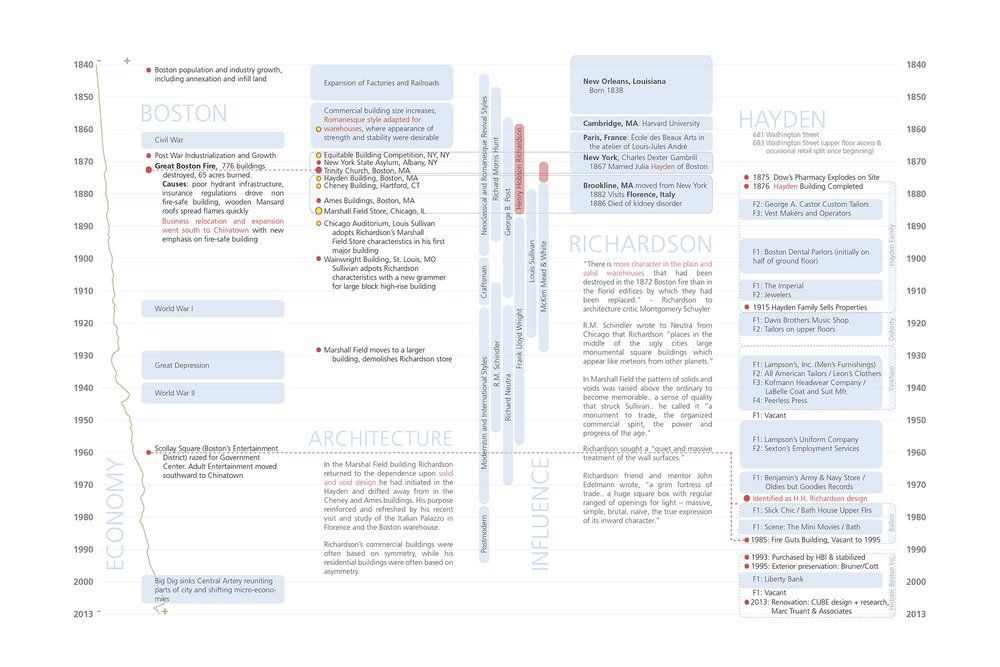Overlapping Histories
How can we preserve architecture if the act of making something new or altering the existing structure removes the physical thing we are seeking to preserve?
Overlapping Histories
Too often preservation is a curatorial act focused solely on the physical building and not the ideas and stories that shaped it over time. New architecture can have a dialogue with old architecture to evoke story, memory, and solidify identity and meaning. Doing so reveals deeper meanings and heightens awareness of history. This approach can be realized in five key phases:
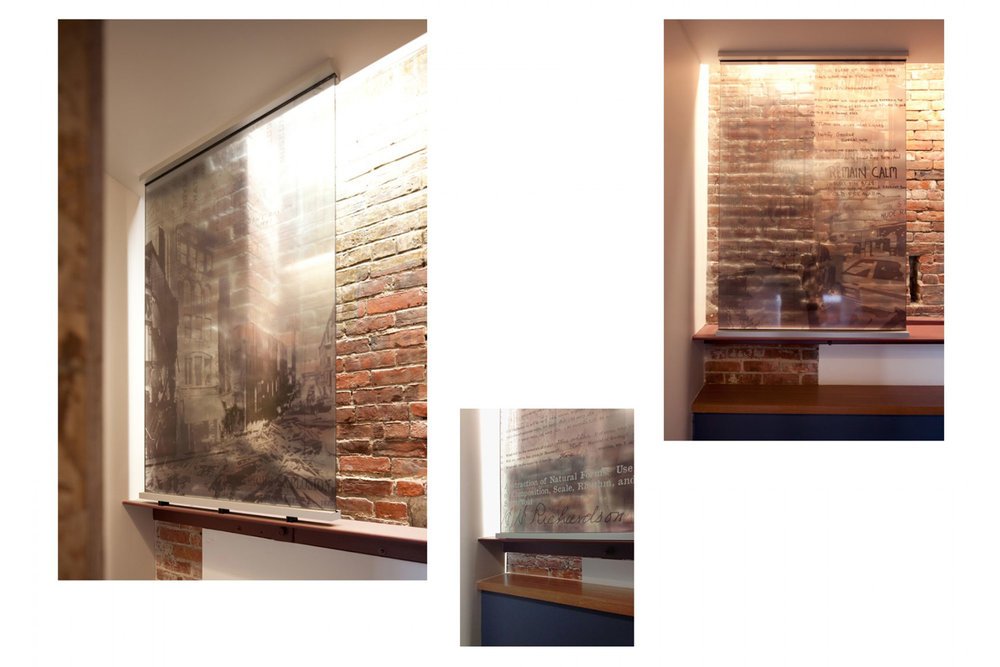
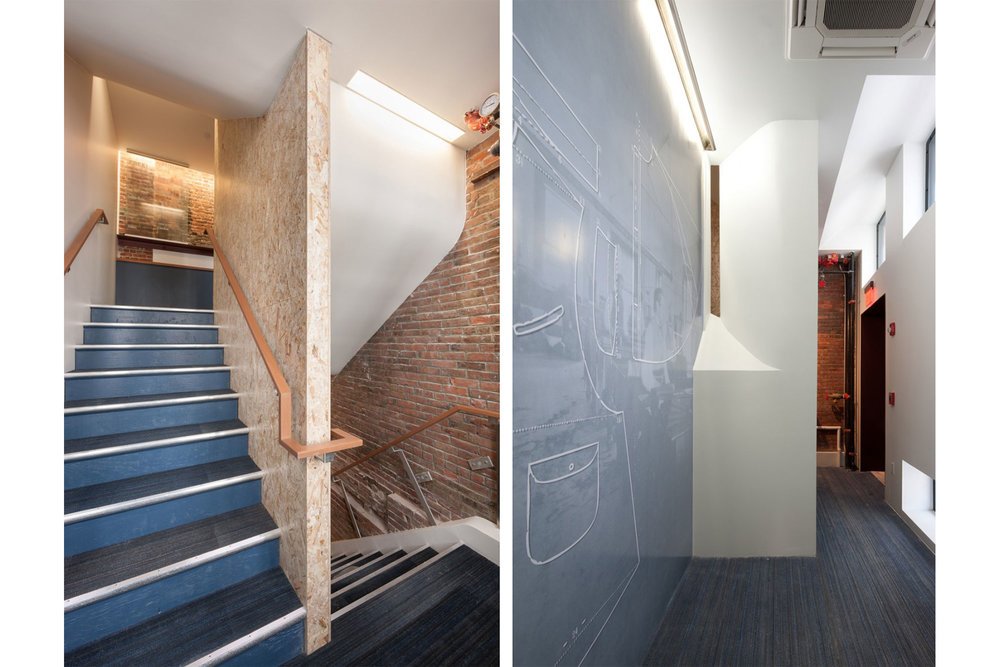
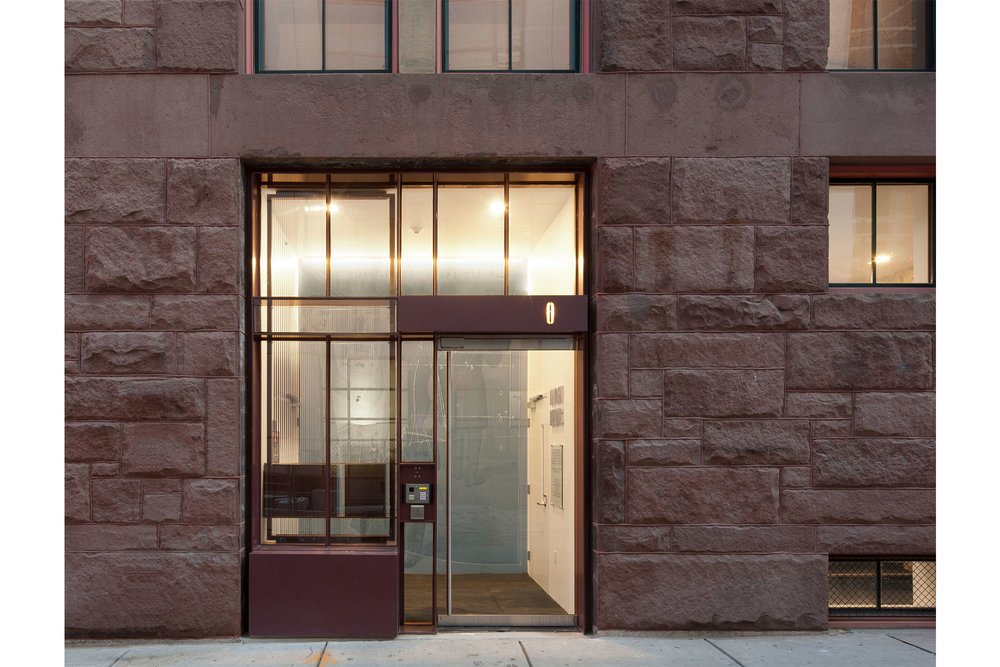
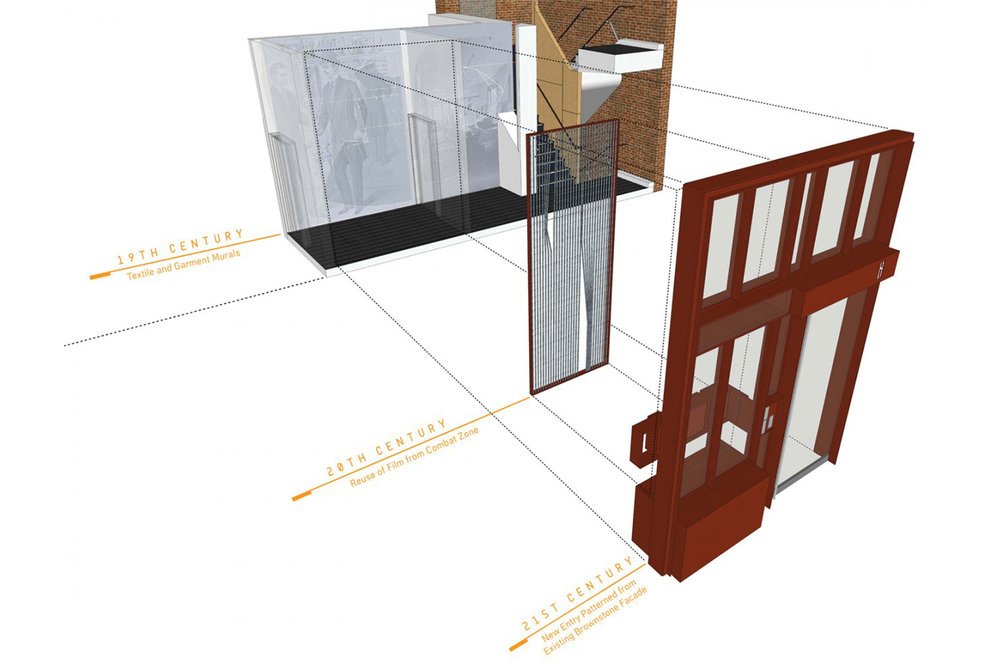
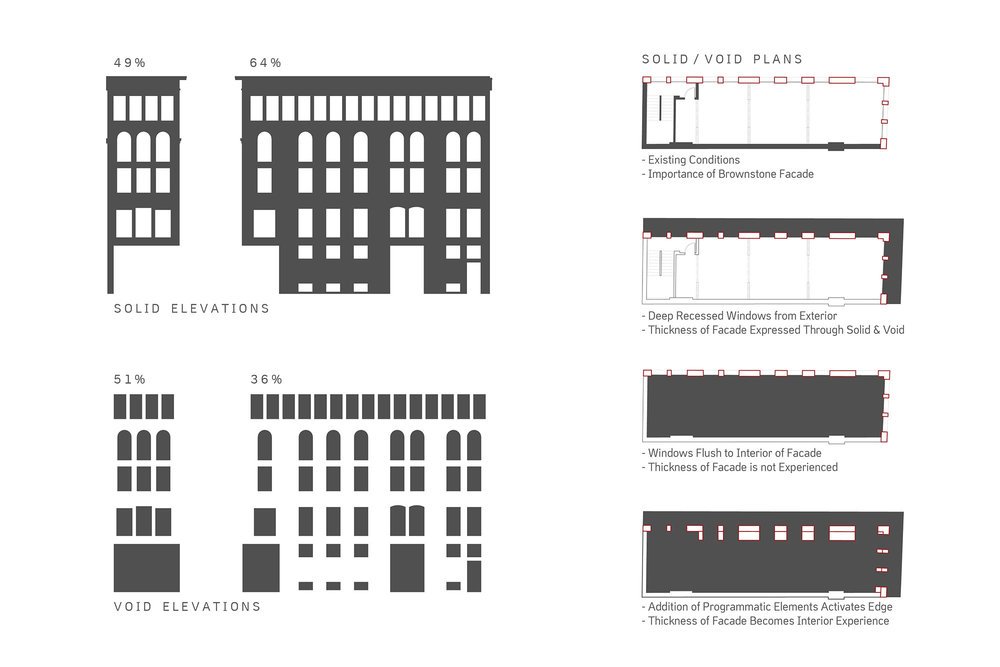
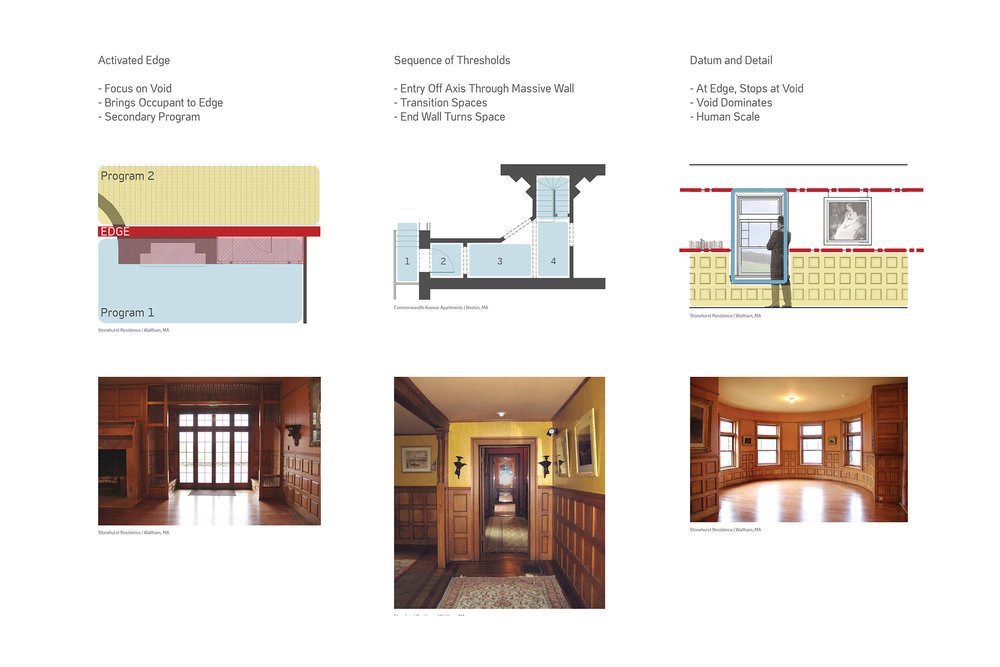
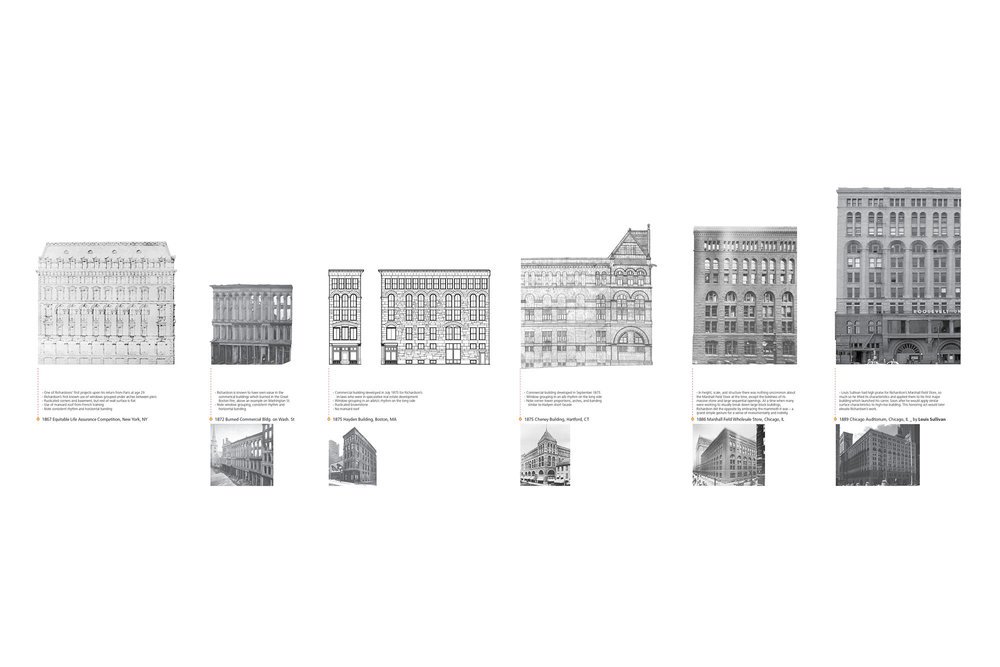
1. TRACING TIME: Move beyond the physical building to uncover the ideas, stories, and events that first brought it about. This approach can move buildings beyond it’s “a good example of…” to it’s “directly connected too the story of…”
2. UNCOVERING THEMES: By mapping overlapping historic influences such as the construction methods, the occupants, the architect, the neighborhood, the economy, the cultural influences, and the news of the day, we can compare and uncover the unique threads and themes.
3. STRATEGIZING APPROACH: Based on historic significance, regulations, and project goals, define the intent: should the building be fully preserved, an archeologically interpreted site, partially preserved, transformed, minimally preserved, or some hybrid approach?
4. CONCEPTUALIZING DESIGN: The rehabilitation, renovation, alterations, or additions are born out of the findings such that they help to activate and heighten the awareness of the building’s overlapping historic influences.
5. CRAFTING THE DETAILS: Careful detailing between old and new elements can heighten awareness, and integrated graphics can support the story.
More Projects
FREE RESOURCES
Whether you’re building a home, building a business, developing a community, or renovating a historic building, we have a variety of FREE guides tailored to your needs.

